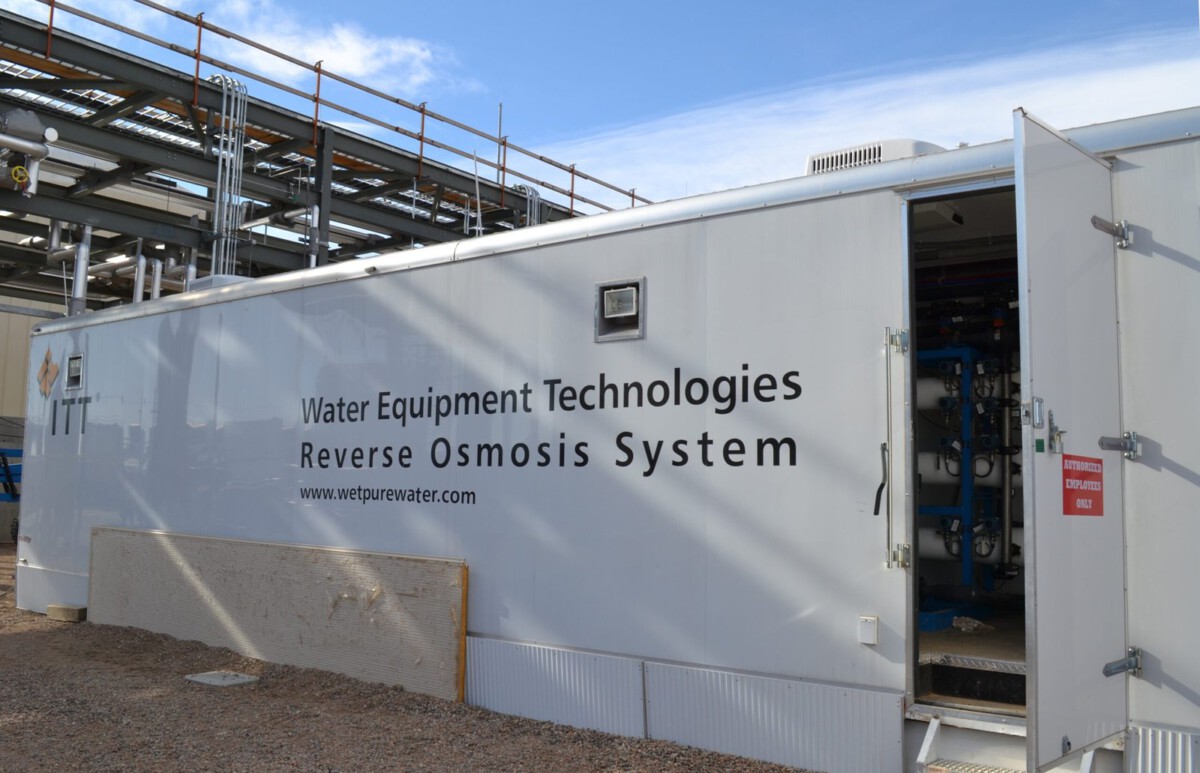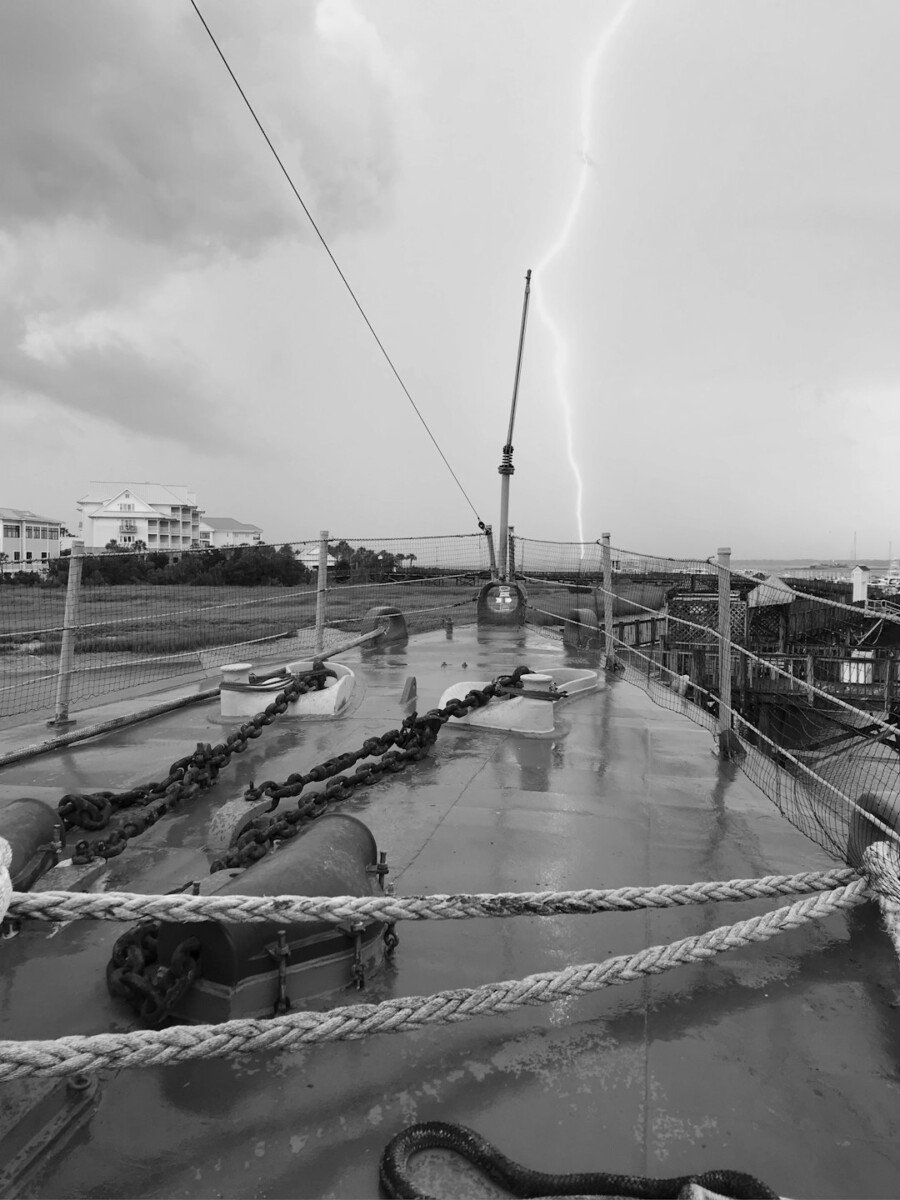Montana’s economy is deeply rooted in its natural resources, but its economic landscape extends far beyond mining and agriculture. With a strong outdoor recreation industry, a growing tech sector, and a focus on renewable energy, the state has diversified its economic base while maintaining its rugged, independent spirit.
Montana’s vast open spaces and natural beauty attract millions of tourists each year, boosting the economy through outdoor tourism and hospitality. Meanwhile, industries such as biotechnology, forestry, and small-scale manufacturing continue to expand. In this article, we explore ten fascinating economic insights that define Montana, from its role in energy production to the rise of remote work opportunities. These insights reveal how Montana blends tradition and innovation to drive economic growth.
The Treasure State’s Rich Mining History
Montana, often referred to as the Treasure State, holds a storied past when it comes to mining. The state is home to vast reserves of minerals, including gold, silver, and copper, which have historically been significant contributors to its economy. In the 1800s, Montana experienced a gold rush that attracted thousands of prospectors, leading to the establishment of bustling mining towns. Even today, mining remains a crucial industry, although it’s more regulated and environmentally conscious. The remnants of this mining history are evident in places like Butte, known as the “Richest Hill on Earth,” where copper mining was once a dominant force. This rich history not only shaped Montana’s economic foundation but also left an indelible mark on its cultural identity.
Agriculture: The Backbone of Montana’s Economy
Agriculture plays a pivotal role in Montana’s economy, making it a true backbone of the state. With expansive farms and ranches, Montana is a leading producer of wheat, barley, and beef cattle. The state’s vast open plains provide the perfect environment for agriculture, where farmers and ranchers have honed their skills over generations. The agricultural industry not only supports the state’s economy but also sustains rural communities, ensuring that small towns thrive. Montana’s agricultural success is attributed to its fertile soil and favorable climate, which allow for the cultivation of a variety of crops. This sector’s resilience is evident as it continues to adapt to changing market demands and global trade dynamics.
Tourism: A Growing Economic Driver
Tourism in Montana has seen significant growth over the years, driven by its stunning landscapes and outdoor recreational opportunities. Visitors from around the world are drawn to attractions like Glacier National Park and Yellowstone National Park. The tourism industry supports thousands of jobs and contributes billions of dollars to the state’s economy annually. From hiking and fishing to skiing and wildlife watching, Montana offers a plethora of activities for adventure seekers and nature lovers alike. The state’s unique blend of natural beauty and Western heritage creates an unmatched tourist experience. Tourism not only boosts the economy but also promotes the preservation of Montana’s pristine environments and cultural treasures.
Timber and Forestry: Sustaining the Green Economy
Montana’s lush forests are not only a sight to behold but also a vital component of its economy. The timber and forestry industry has been a longstanding economic pillar, providing jobs and supporting local communities. Sustainable forestry practices are emphasized to ensure the health and longevity of Montana’s forest ecosystems. Timber products from Montana are used in construction, paper production, and other industries, contributing to both local and national markets. The state’s commitment to responsible forestry management helps balance economic gain with environmental stewardship. This industry exemplifies how economic activities can coexist with nature conservation.
Energy Production: Harnessing Natural Resources
Montana is rich in energy resources, making energy production a significant contributor to its economy. The state is known for its coal reserves, natural gas, and renewable energy sources like wind and hydroelectric power. Energy production not only provides jobs but also attracts investments from both national and international players. The shift towards renewable energy is gaining momentum, with several wind farms and solar projects underway. Montana’s energy sector is at the forefront of balancing traditional and renewable energy sources. This diversification not only ensures energy security but also creates opportunities for innovation and sustainable growth.
Small Business: The Heartbeat of Local Economies
Small businesses are the lifeblood of Montana’s economy, driving innovation and providing employment opportunities across the state. From family-owned restaurants and boutiques to tech startups and craft breweries, small businesses contribute significantly to the state’s economic landscape. These enterprises infuse local communities with character and vitality, often forming the backbone of Main Street economies. Montana’s supportive business environment encourages entrepreneurship, with various resources available for budding business owners. The state’s strong sense of community fosters collaboration and resilience among small business owners, ensuring they remain a vital part of the economy.
Real Estate: Boom or Bust?
The real estate market in Montana has experienced both booms and busts, reflecting broader economic trends. Recently, the market has seen a surge in demand, driven by people seeking the state’s natural beauty and quality of life. This demand has led to rising property prices, particularly in areas like Bozeman and Missoula. However, the market remains accessible in many rural areas, offering affordable options for those looking to escape urban centers. The fluctuating real estate market presents both opportunities and challenges for buyers, sellers, and investors. Understanding these dynamics is crucial for making informed decisions in Montana’s real estate landscape.
Education and Workforce Development
Education and workforce development are critical to Montana’s economic future, ensuring a skilled and adaptable labor force. The state’s universities and colleges play a key role in preparing students for careers in various industries, from agriculture and engineering to healthcare and technology. Workforce development programs focus on equipping individuals with the skills needed for high-demand jobs, aligning with industry needs. Montana’s commitment to education is evident in its investment in schools and training programs, fostering a culture of lifelong learning. A well-educated workforce is essential for attracting businesses and driving economic growth in Montana.
Technology and Innovation: Pioneering the Future
Montana is emerging as a hub for technology and innovation, with a growing number of startups and tech companies calling the state home. The tech industry is diversifying Montana’s economy, providing high-paying jobs and attracting talent from across the country. Innovations in fields like software development, biotechnology, and renewable energy are gaining traction, positioning Montana as a leader in these areas. The state’s supportive ecosystem, including incubators and accelerators, nurtures the growth of tech ventures. This burgeoning tech scene is reshaping Montana’s economic landscape, offering new opportunities for growth and prosperity.
Healthcare: Ensuring Wellbeing and Economic Stability
Healthcare is a vital sector in Montana, providing essential services and contributing to economic stability. The state’s healthcare system includes hospitals, clinics, and specialized care facilities, ensuring residents have access to quality care. Healthcare jobs are a significant source of employment, supporting both urban and rural communities. The industry faces challenges such as addressing healthcare disparities and adapting to changing regulations. Montana’s commitment to healthcare innovation and access is crucial for maintaining the wellbeing of its residents and the overall health of its economy. The focus on preventative care and community health initiatives highlights the importance of this sector.







